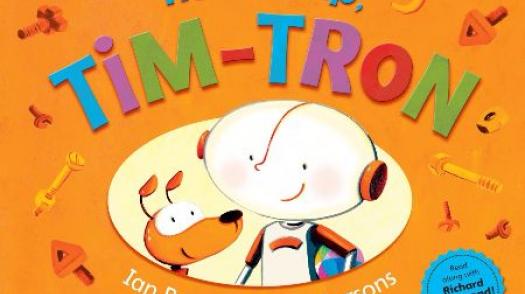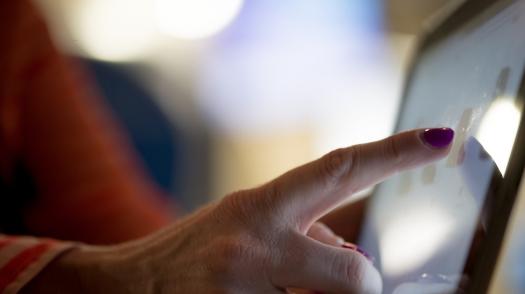This section explains how children may be affected by a brain injury – and what this might mean in the classroom.
Children and adults are affected very differently by acquired brain injury.1, 2 An injury can happen when a child’s growing brain ‘still has unfinished business’. And a child may not go on to pick up some of the skills they otherwise would have.3
Some children make a full physical recovery, but there may be ‘hidden’ effects of their brain injury.4, 5 Some of effects of acquired brain injury may take weeks, months and sometimes years to come to the surface.6 Some may only become clear in secondary school.7
Each child responds completely differently.8, 9 Below are some of the most common effects of acquired brain injury, which can affect a child in the classroom:
- Weakness of limbs, difficulties getting around.10
- Tiredness, struggling with concentration – often talked about as ‘fatigue’ by professionals.11, 12
- Changes in behaviour – irritability, behaving impulsively or inappropriately.13, 14
- Difficulties learning new things (learning difficulties).15
- Problems with memory.16, 17
- Difficulty processing information.18
- Emotional difficulties such as anxiety or depression.19
- Difficulties understanding and using language, difficulties keeping up with conversations.20, 21
- Difficulties organising and planning,22 difficulties carrying out everyday tasks.
- Difficulty with empathy - putting themselves ‘in someone else’s shoes’, and awareness about their own situation.23
There can be a lot of ‘overlap’ in the effects of an acquired brain injury.24 The effects of fatigue (or tiredness), for example, might make a child more irritable.25 It may also slow down the speed at which they’re able to process information.
Not being able to answer a question quickly might lead to frustration on a child’s part, and this in turn might lead to challenging behaviour. Read more about the effects of acquired brain injury.
Do teachers of children at different ages see different effects of acquired brain injury?
For some time, experts thought that a younger brain was more ‘plastic’, and better able to work around the injury.26 But many researchers now think it isn’t quite so simple. The brain may be able to find new ways of doing things27 around the injured part. But this means the rest of the brain has to work harder.28
An injury in childhood can interrupt the brain before it’s had the chance to pick up important skills.29 And injury can make it very difficult for children to go on to pick up these skills.30, 31 It is generally thought that acquired brain injury has a more detrimental effect on younger children, simply because their brains have been interrupted at an earlier age, when they have learnt fewer skills.32
What can I expect in the future?
One of the most important aspects of acquired brain injury is that the effects may take some time to show.33, 34 One example of this might be an injury to the part of the brain associated with language skills, which may not become apparent until a child starts formal education, and signs of delayed literacy development emerge.35
Another common example of this might be an injury to the frontal lobes of the brain (an area particularly prone to injury).36, 37 This is one of the parts of the brain associated with judgment and problem-solving.
A child might have an injury to this part of their brain at five years old, but the effects might not be fully evident until the child is transferring to secondary school, at a time when the more complex aspects of these skills often develop.38, 39
The effects can be more difficult to identify at certain stages of childhood. For instance, adolescence can be a time of great change, when they may be prone to being more impulsive, and experience greater mood swings. It may be difficult to distinguish between everyday behaviours and the effects of a brain injury.
What sort of effects will I see in class?
The effects of acquired brain injury can be difficult to spot. This is partly because of their ‘hidden’ nature40, but it’s also because these effects overlap.41
From a teacher’s perspective, it might be hard to spot whether a child is struggling to process information, or whether it’s more because they’re particularly tired that day.
Different issues can be broken into three categories:
- Cognitive: limited attention span, trouble remembering things, difficulties processing information.42
- Emotions and behaviour13: Self-esteem, feelings of being behind43, difficulties controlling emotions, distractedness, impatience, frustrations, trouble socialising with other children.44
- Physical45, 46: Pain or discomfort, lack of access to parts of the school, restrictions to getting involved in PE, tiredness/fatigue, sleep disruption47, seizures.48, 49
Talking with other children in class
In some circumstances it may be helpful for other children to have some understanding of changes their classmate has experienced. This may form part of the preparation for a child returning to school.
An acquired brain injury may affect the way a child speaks with others.44 A child with an acquired brain injury might do or say inappropriate things, or things that seem odd to other children.14, 50
Tiredness may mean they don’t have the energy to socialise.51
Other children may not understand these difficulties. Others may identify a child’s difficulties and may tease them. There’s a risk that a child with acquired brain injury may become isolated from classmates.52, 53
If a child is returning to the same school they were attending before their injury then it may be helpful to prepare peers and make reference to any obvious changes. Simple, accessible information for peers can help with the transition back to school.
Any plans to share information should be discussed with the child’s parents first. This ensures the discussion respects a level of privacy and confidentiality they are comfortable with.
You can order a free copy of A Guide for Teachers and School Staff, for more information and practical strategies to use in the classroom.


